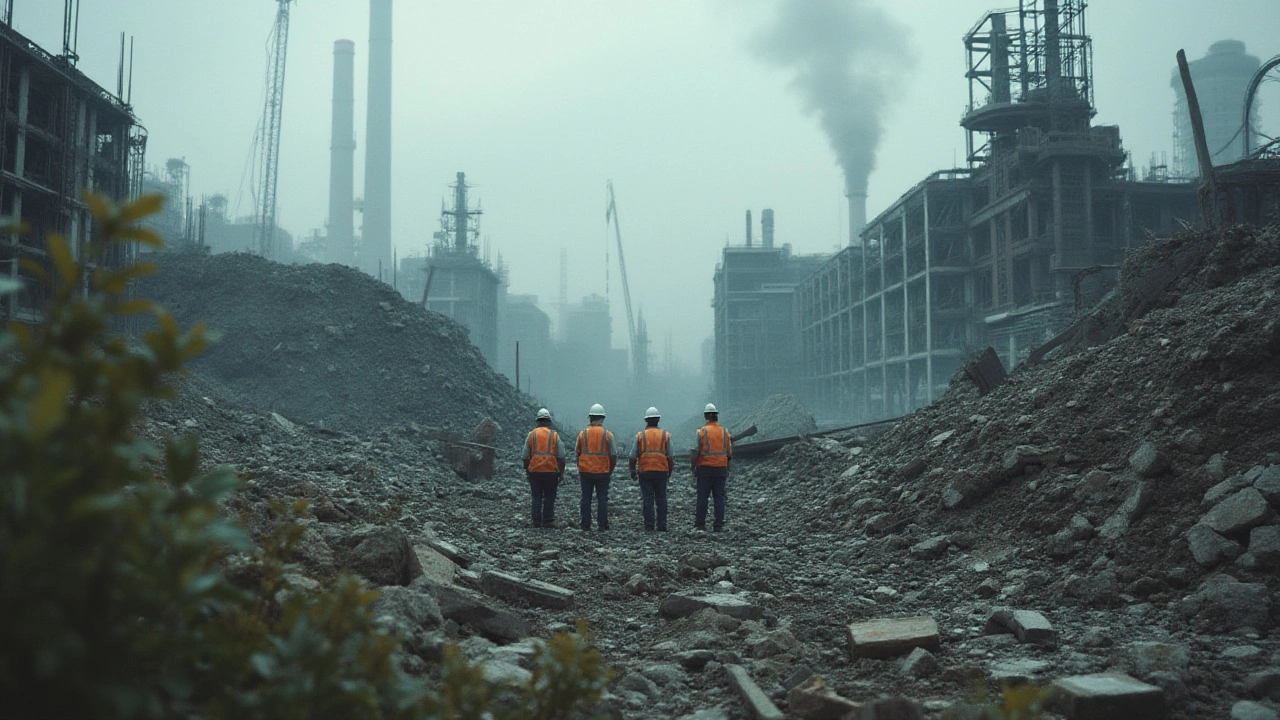Eco-Friendly Building Materials: Your Quick Guide to Greener Construction
If you’re planning a cottage, a tiny house, or a full‑size renovation, the materials you pick matter more than you think. Choosing green options can cut energy bills, lower carbon footprints, and even boost resale value. The good news? You don’t need a massive budget or a PhD in sustainability to start. Below are the most effective materials and some easy ways to decide which ones fit your project.
Top Materials to Consider
Reclaimed Wood: Old beams, pallets, or salvaged flooring give a rustic look while keeping trees standing. It’s usually sanded, treated, and ready for flooring, walls, or furniture. Check local demolition sites or online marketplaces for the best deals.
Bamboo: Fast‑growing and naturally strong, bamboo works great for flooring, paneling, and even structural beams. Look for FSC‑certified products to ensure responsible harvesting.
Recycled Steel: Using steel made from scrap cuts energy use dramatically. It’s perfect for roof trusses, studs, and framing. Steel is fire‑resistant and lasts a lifetime, making it a solid long‑term investment.
Hempcrete: A mix of hemp hurds, lime, and water, hempcrete is lightweight, breathable, and excellent for insulation. It regulates humidity and can be poured into walls like concrete, but with a fraction of the carbon impact.
Straw Bale: Pack straw bales into walls, then cover with plaster. The result is a super‑insulating, fire‑resistant envelope that costs less than traditional brick. Just be sure the bales are dry and sourced from certified farms.
Insulated Concrete Forms (ICFs): These are hollow foam blocks that lock together, then get filled with concrete. The foam stays in place, providing continuous insulation. ICFs speed up construction and cut heating costs.
Low‑VOC Paints & Finishes: Traditional paints release harmful fumes. Low‑VOC or zero‑VOC options keep indoor air clean and are just as durable. Look for Green Seal or similar certifications.
Tips for Choosing the Right Green Materials
Start with a simple budget check. Many eco‑options cost a bit more up front but save money on energy and maintenance over time. For example, hempcrete may feel pricey, but its insulation can reduce heating bills by up to 30 %.
Consider your climate. In damp regions, breathability matters, so hempcrete or straw bale walls work well. In colder zones, insulated concrete forms or recycled steel framing paired with high‑R‑value insulation keep heat inside.
Look for certifications. Labels like FSC (forest stewardship), Cradle‑to‑Cradle, or BREEAM give confidence that the product meets real sustainability standards.
Think about local availability. Materials that travel long distances lose many of their green benefits. Visiting a local timber yard or recycling centre can uncover hidden gems like reclaimed brick or salvaged metal.
Don’t forget the end‑of‑life plan. Choose materials that can be recycled, composted, or safely disposed of when the building is eventually demolished. That way you keep the carbon savings alive for the next generation.
Finally, mix and match. A truly green build isn’t about one miracle material; it’s about combining the right pieces for your specific project. Pair reclaimed wood floors with low‑VOC paint, add hempcrete walls for insulation, and finish with recycled steel brackets for strength. The result is a home that feels natural, works efficiently, and leaves a lighter footprint.
Ready to start? Grab a sample of reclaimed wood, visit your nearest bamboo supplier, and ask about local recycling centres for steel. Small steps today turn into a greener house tomorrow.
